

Transforming your living room or spare corner into a fitness hub is gaining momentum in the United Kingdom, as more individuals seek flexible, affordable, and convenient ways to stay active without visiting a gym. The core idea is simple: leverage bodyweight movements, compact equipment, and structured routines to maintain and boost physical wellbeing—all from the comfort of your own home. This approach breaks the barrier of commute times, crowded gyms, and membership fees, making staying fit accessible and manageable regardless of schedule or lifestyle.
In the UK, adapting to at-home exercise routines has evolved well beyond a temporary trend. Driven by increasingly busy lives, changing work environments, and even unpredictable weather, Britons are choosing practical solutions that fit seamlessly into home life. These workouts blend simplicity with effectiveness, often using everyday objects or minimal equipment to target strength, endurance, flexibility, and mobility. With options for all fitness levels, it’s never been easier to find a routine that fits your personal goals and living space.
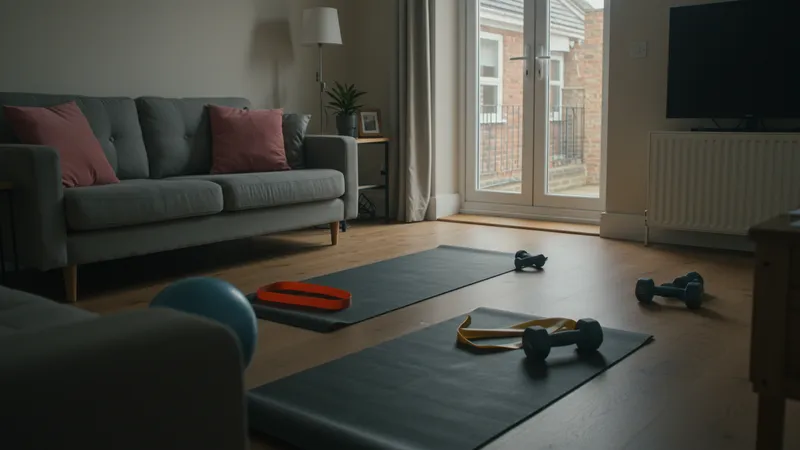
Bodyweight circuit routines remain popular in British homes due to their accessibility—requiring only floor space and a bit of motivation. These circuits often mix squats, lunges, press-ups, and planks to ensure a total-body challenge. Because equipment isn’t necessary, anyone in the UK can maintain fitness without adding extra costs or clutter. Many UK fitness instructors now release weekly circuits designed for various ability levels, making it straightforward to progress or adapt each session.
For those seeking to add intensity without overtaking their space, resistance bands offer outstanding versatility. Bands can be stored in a drawer or travel bag and are widely available across the UK at affordable prices. They suit muscle-building and rehabilitation-oriented routines alike, making them a well-rounded addition to a home workout plan. Resistance band sets from local UK retailers like Argos often include guides or apps tailored to help users build routines designed for UK home spaces.
Online yoga classes have become a staple, particularly post-2020, as UK residents sought stress relief and increased flexibility during lockdowns. Platforms with British instructors or global favourites like Yoga with Adriene provide inclusive sessions that cover everything from beginner poses to advanced practices. The focus on mindfulness combined with practical movement makes yoga a holistic approach, suiting the UK’s increasing emphasis on overall wellbeing.
Comparing these popular UK home workout routines shows that they are adaptable, cost-effective, and inclusive across age groups. Whether focusing on strength, flexibility, or general activity, these methods are built for small spaces and busy British lifestyles. The rise in digital resources has made guidance and progression more available than ever, empowering individuals across the UK to commit to consistent physical activity regardless of season or schedule.
While the basics of home workouts appear simple, emerging trends and expert advice are adding depth to these strategies. The deeper details reveal even more valuable insights ahead…
Within the UK, home workout routines span a broad spectrum, accommodating everyone from fitness novices to experienced enthusiasts. Bodyweight circuits continue to be a fundamental choice, as they require zero extra investment and can be performed in even the smallest flats. The structure typically involves cycles of bodyweight movements—push-ups, burpees, mountain climbers—executed with minimal rest. Many British trainers now publish online video routines, with modifications for various ability levels, catering directly to UK audiences.
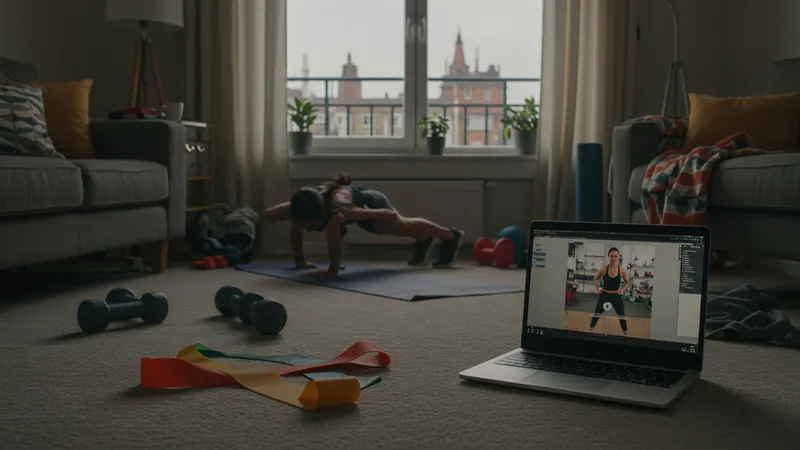
Resistance band workouts have surged in UK popularity, especially in cities where home space is limited. These strength-focused sessions use bands to add resistance or assistance to classic movements. UK retailers like Argos and Decathlon offer starter packs with multiple bands, instructional booklets, and online video demos. The flexibility of bands allows for targeting specific muscle groups, making it easy for individuals in the UK to personalise their routines.
Flexible digital resources have revolutionized home fitness routines in Britain, particularly for yoga. Streaming services offer both live and on-demand classes, connecting users with instructors across the UK or globally. Yoga routines often weave flexibility, strength, and stress management into a single session. With a significant British following, platforms like Yoga with Adriene offer free and paid subscriptions, while local instructors create community-specific content with a uniquely UK feel.
These routine types not only help Britons avoid the cost and inconvenience of gym memberships but also empower anyone to build fitness into everyday life. The adaptability of the top routines—bodyweight, resistance band, and yoga—means individuals can mix and match based on personal preferences and schedules. As these home-based strategies advance, they continue to redefine what it means to achieve health and fitness in the UK.
Space is a significant factor for home workouts in the United Kingdom, especially given the compact nature of many British homes and flats. Bodyweight routines are a favourite because they only demand a small clear area, such as a rug or open floor space. Even resistance band workouts require minimal room, with bands easily stored away after use. UK instructors frequently offer guidance on optimizing home environments, such as using a sturdy chair or climbing stairs to add variation to routines.
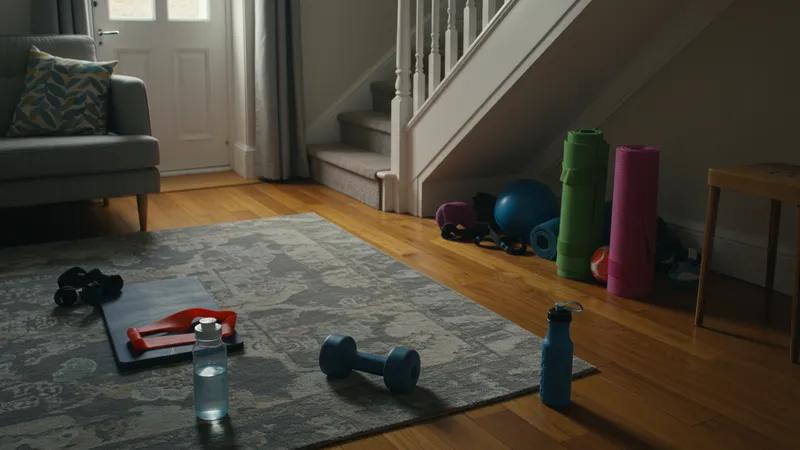
While high-end gym equipment can be tempting, most effective UK routines use simple, portable tools like resistance bands, yoga mats, or even filled water bottles as improvised weights. Keeping equipment affordable and accessible remains a priority; many UK shops such as Argos and Sports Direct provide multi-purpose items that fit small spaces. This approach ensures that individuals in the UK can begin or maintain fitness practices without significant upfront investment or space requirements.
Yoga routines highlight flexibility—not just physically, but in terms of home adaptation. A yoga mat can be rolled out in the lounge, bedroom, or even outdoors in a shared garden when weather permits. For many, this adaptability removes the psychological barrier to starting, making it easy to weave movement into the rhythm of daily UK home life. Live-streamed or recorded yoga classes allow for group participation, encouraging a sense of community, even while practicing independently.
UK-specific data suggests that the majority of home exercisers stick with routines that fit seamlessly into their living spaces and daily schedules. This trend drives continued innovation, with local trainers developing creative at-home solutions and digital platforms supporting the unique requirements of UK homes. Understanding these adaptations is essential for anyone aiming to build a sustainable routine at home—across a variety of living situations common in the United Kingdom.
Adopting home workout routines offers notable benefits for UK residents. The most apparent is convenience; skipping the commute to the gym saves time and reduces stress, particularly in urban environments where public transport or traffic can be demanding. UK surveys reveal many find home exercise helps them fit physical activity around unpredictable schedules, with more than half reporting improved consistency compared to gym-based routines.
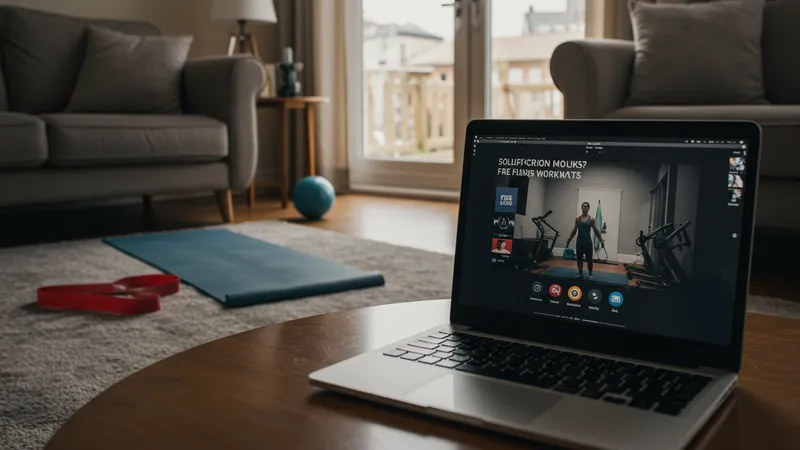
Cost is another significant advantage. With the average UK gym membership costing around £40 per month, free or low-cost home workouts represent substantial savings. Utilizing bodyweight circuits, resistance bands (which can be purchased for under £25), and free online resources, Britons can maintain a regular fitness routine with little or no recurring expense. This budget-friendly approach also opens fitness to broader demographics across the country.
However, maintaining motivation at home remains a common challenge. UK fitness experts recommend establishing a dedicated time and space for workouts, as well as relying on digital communities or accountability partners to sustain momentum. Virtual group classes, popular in the UK, combine the social aspect of traditional gyms with at-home convenience, fostering motivation and a supportive environment even while exercising solo.
Limited home space and potential distractions—such as family, pets, or work—from home setups—can also pose obstacles. UK trainers suggest practical solutions, like scheduling workouts during quiet periods or using routines that require little space and equipment. These adaptive strategies reflect real-world challenges in British homes and help participants cultivate long-term, sustainable habits.
UK fitness professionals emphasize the importance of routine planning to maximise at-home workout success. Structured weekly schedules, ideally mixing bodyweight circuits, resistance band strength sessions, and regular yoga practice, help maintain motivation and balanced progress. Many British instructors recommend using online tracking tools or fitness journals to monitor consistency and personal improvements over time, reinforcing accountability in the absence of a gym environment.
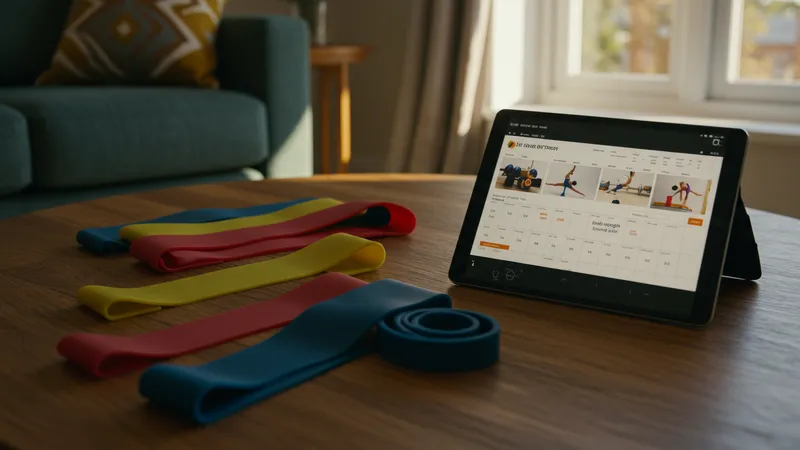
To combat plateaus, experts advise varying exercise intensity and incorporating new movements. For instance, bodyweight circuits can be adjusted by increasing repetitions, altering tempo, or adding plyometric elements. Resistance bands allow progressive overload by simply switching to heavier bands or combining multiple bands for increased resistance. In the UK, upgrading to a new set of bands or streaming a different instructor’s class can inject variety and keep routines engaging.
Engagement in digital fitness communities is another valuable strategy, offering UK residents both practical guidance and camaraderie. Many platforms host virtual challenges, leaderboards, or social groups where users swap progress stories and tips. This sense of community mirrors the social benefits of gym memberships and adds a motivational dimension, even for those exercising independently at home.
Home fitness in the UK continues to thrive as tools, resources, and knowledge become more accessible. Whether starting fresh or adapting existing routines, focusing on flexibility, structure, and engagement can transform any UK home into an effective workout space. As home-based exercise strategies grow, they promise ongoing relevance and innovation, ensuring Britons can stay fit, active, and motivated for years to come.